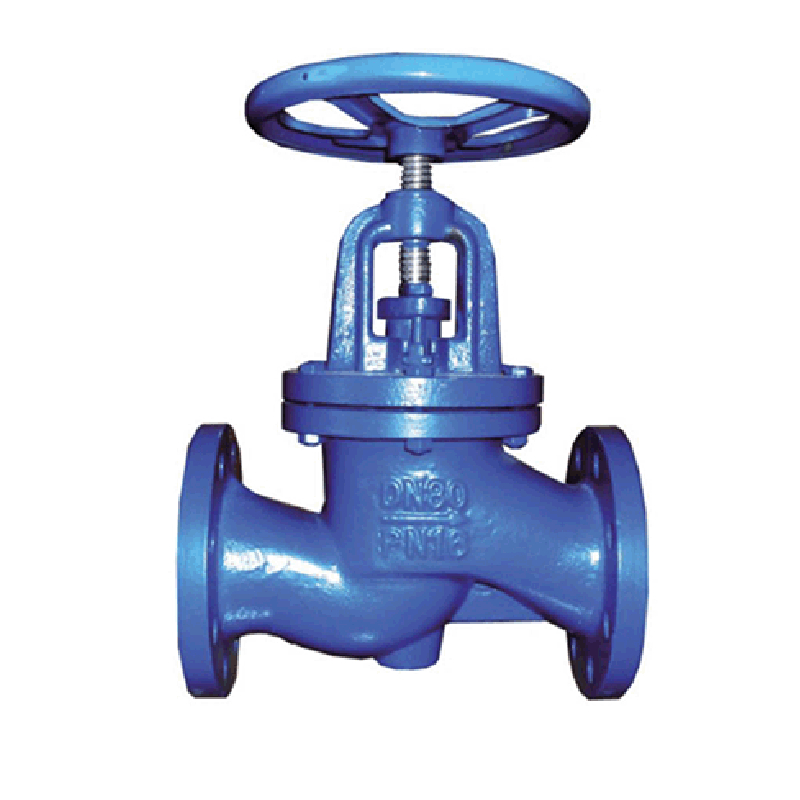11-р сар . 09, 2024 14:17 Back to list
Understanding the Mechanism and Benefits of Rising Stem Globe Valves in Fluid Control
Understanding Rising Stem Globe Valves Design, Function, Applications, and Benefits
Rising stem globe valves are essential components in various industrial applications. As a type of valve that controls the flow of fluid through a piping system, they play a crucial role in the management of water, gas, oil, and other resources. In this article, we will delve into the design and function of rising stem globe valves, explore their applications across different industries, and discuss the many benefits they offer.
Design and Function
A rising stem globe valve is characterized by its unique design, which integrates a rising stem mechanism. When the valve is opened, the stem rises and becomes visible, providing a clear visual indication of the valve's position. This feature is particularly useful for operators monitoring multiple valves within a system, as it allows for quick assessments of valve status.
The structure of a globe valve consists of a spherical body that provides a significant area for fluid flow while maintaining a compact design. Inside the valve, there is a disc, which moves vertically to either restrict or allow fluid flow. The flow through a globe valve is generally linear, which means it offers greater precision in flow control compared to other types of valves.
The rising stem mechanism operate by turning a handwheel or lever, which drives the stem upward or downward. The upward motion of the stem is a critical aspect of the design, as it allows for higher operational efficiency and lower fluid turbulence, ultimately resulting in improved control over the flow rate.
Applications
Rising stem globe valves are widely used in numerous industries due to their versatile design and capabilities. Some key applications include
1. Water Treatment Plants In water treatment facilities, these valves play a vital role in regulating the flow of water through filters and treatment processes, ensuring the delivery of clean potable water.
2. Oil and Gas Industry Within the oil and gas sector, rising stem globe valves are utilized in pipelines to control the flow of crude oil, natural gas, and other petroleum products. Their reliability and durability in high-pressure systems make them an ideal choice.
3. Chemical Processing In chemical plants, precision in flow control is paramount. Rising stem globe valves allow for accurate adjustments in various chemical reactions, ensuring the safety and efficiency of processes.
rising stem globe valve

4. Power Generation These valves are essential in power generation facilities for regulating steam and water flow in boilers and cooling systems.
Benefits
Rising stem globe valves offer several advantages that make them a preferred choice in many applications
- Precise Flow Control The design allows for fine-tuning of fluid flow, which is essential in processes where exact measurements are crucial.
- Durability Made from robust materials such as stainless steel, bronze, or cast iron, rising stem globe valves are built to withstand high pressures and temperatures, making them suitable for challenging environments.
- Ease of Maintenance The rising stem feature facilitates quick access to the valve internals for maintenance or repair. This efficiency minimizes downtime and helps maintain operational flow.
- Visual Indicator The rising stem provides a visible cue regarding whether the valve is open or closed. This feature enhances safety by allowing operators to quickly assess valve status from a distance.
- Lower Pressure Drop Unlike other valve types, globe valves tend to have a lower pressure drop when fully opened, which minimizes energy loss in the system.
Conclusion
In conclusion, rising stem globe valves are indispensable in a wide range of industrial applications. Their unique design, coupled with their numerous benefits, makes them a preferred choice for flow control in sectors such as water treatment, oil and gas, chemical processing, and power generation. As industries continue to evolve and demand precise and efficient flow management solutions, rising stem globe valves will likely remain at the forefront of valve technology, contributing significantly to operational efficiency and safety. Understanding their function and applications is vital for engineers and facility operators who aim to optimize their systems and enhance productivity.
Share
-
Reliable Wafer Type Butterfly Valves for Every IndustryNewsJul.25,2025
-
Reliable Flow Control Begins with the Right Ball Check ValveNewsJul.25,2025
-
Precision Flow Control Starts with Quality ValvesNewsJul.25,2025
-
Industrial Flow Control ReliabilityNewsJul.25,2025
-
Engineered for Efficiency Gate Valves That Power Industrial PerformanceNewsJul.25,2025
-
Empowering Infrastructure Through Quality ManufacturingNewsJul.25,2025


